More and more people are using dual-glass solar panels, especially in quality-conscious Europe. The market penetration of dual-glass modules will continue to increase, benefiting from the multiple advantages of dual-glass modules and the continuous decrease of production costs.
What is dual-glass PV modules?
Before introducing dual-glass PV modules, we need to understand the concept of “bifacial module”. The “bifacial module” is a module that allows both sides of the solar cell to absorb sunlight to generate electricity. The front of the module is covered with a layer of glass, and the reverse is a transparent back sheet or glass, which can ensure that the back of the solar cell sheet is also transparent.
Dual-glass PV modules are both sides with glass packaging bifacial PV modules, of course, since it is “dual-glass”, so it is certainly “bifacial” solar panel.
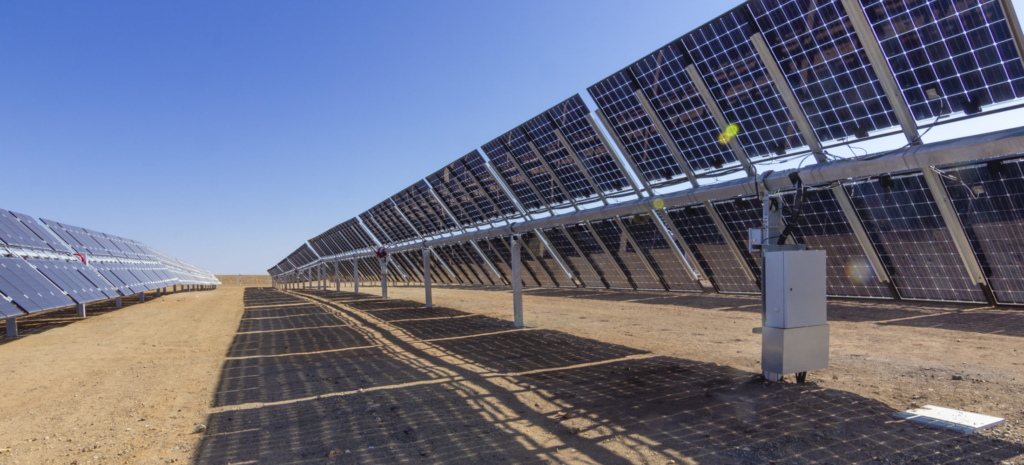
Benefits of dual-glass PV modules
Let’s analyze it from an economic perspective, what benefits can we get from a dual-glass PV module?
Efficiency
Dual-glass PV modules can generate power on both sides, so they have extra back-side generation gain compared with single-side modules. In different use environments, dual-glass PV modules can obtain 5%-30% power generation increment, and the overall power generation efficiency is much higher than single-side PV modules. The increase in power generation is proportional to the reflectance of the module’s location, such as a white-painted concrete floor, which apparently allows the dual-glass PV modules to produce more electricity.
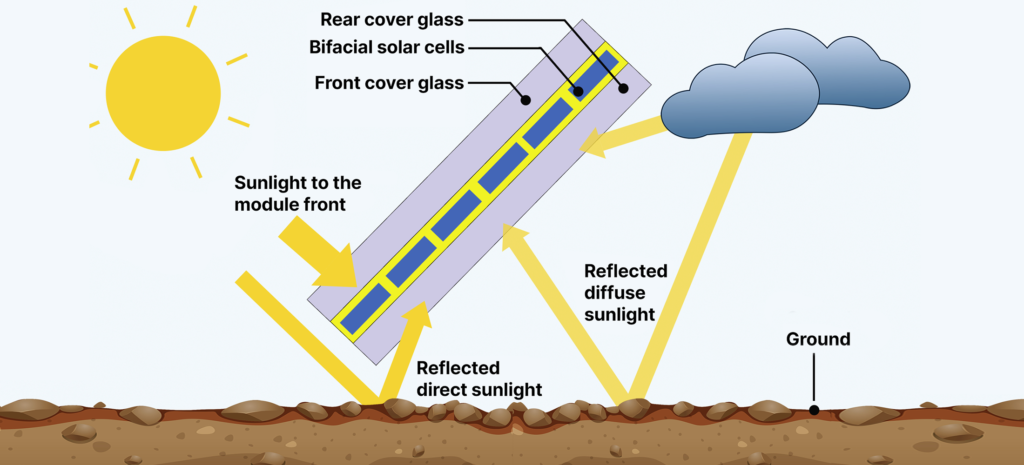
Long life-span
Glass is inorganic silicon dioxide, as same material as sand, and its weather resistance, corrosion resistance, wear resistance, fire resistance is better than any other known plastic. Ultraviolet light, oxygen and moisture will cause the plastic back sheet to degrade gradually, and pulverizing the surface or even breaking itself. While glass solves the weather ability issue once and for all. This feature enables the dual-glass PV modules to be suitable for high temperature, high humidity, desert, seaside and other applications, especially in areas with high acid rain or salt spray. Therefore, the dual-glass PV modules have a service life of up to 30 years and a power guarantee of not less than 80%.
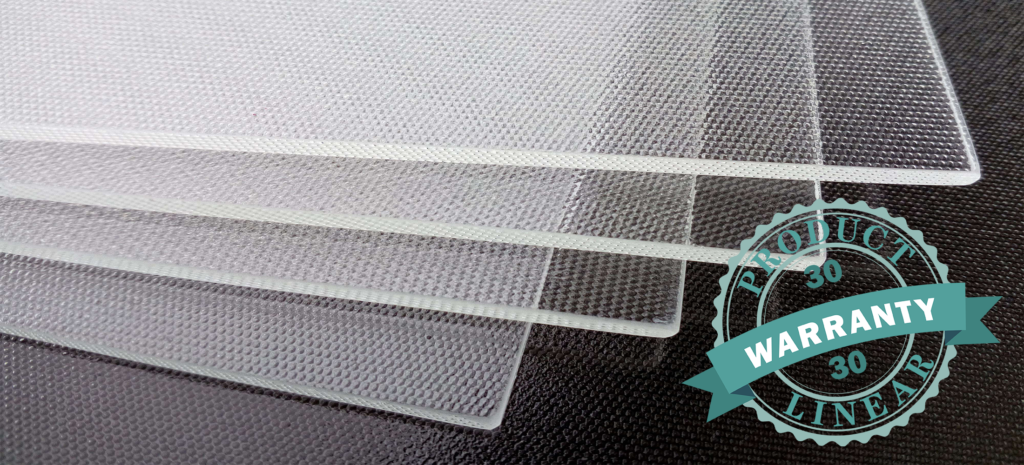
Concerns about dual-glass PV modules
In terms of efficiency and service life, dual-glass PV modules can undoubtedly bring us more economic benefits, and finally reflect the power generation. However, “to wear the crown, one must bear the weight”. Wanting more power generation necessarily requires compromises in other areas.
Dual-glass modules are heavier than single-sided ones. Can my rooftop handle it?
Does using dual-glass PV modules add more installation costs?
Dual-glass PV modules are too expensive?
For dual-glass modules, rooftop distributed users have a lot of concerns.
In fact, this argument has been out of date, in the early years, the dual-glass module does have the problems of large weight, inconvenient handling, high installation cost. However, the technology in photovoltaic industry is changing every day, these old problems no longer exist now.
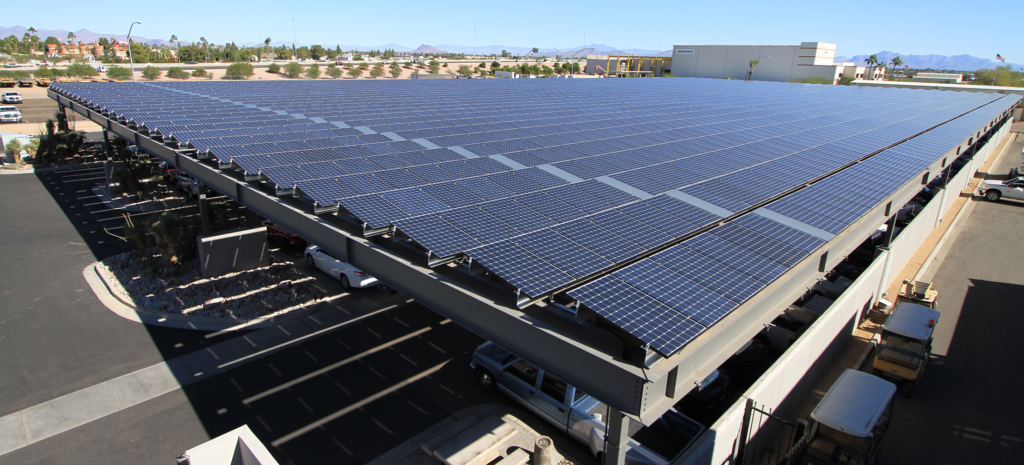
Meet the roof bearing capacity
Take residential photovoltaic scene as an example, in general, the roof load is clearly stipulated in the building code, the roof is generally 2.0kN/㎡, converted into kilograms is 200kg/㎡.
Maysun Solar recently introduced TwiSun dual-glass module using G12 silicon wafer. The size is 1760*1098mm, and the weight is only 19.5kg, which is 2kg lighter than the single-side module of the same size, and the unit area is 10.1kg/㎡.
The weight of TwiSun dual-glass modules is less than 5% of the load capacity of the roof, and the impact is negligible.
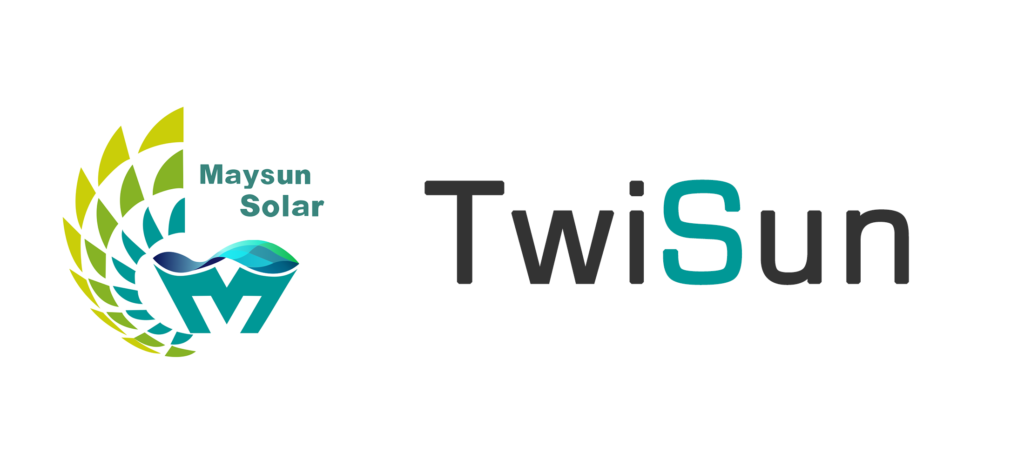
Easy to carry and install
The TwiSun dual-glass module covers an area of only 1.93 m² and weighs only 19.5kg, which can be easily carried by an adult man. German law stipulates that residential distributed rooftop PV modules should meet the following standards: the area is less than 2 m² and the weight is less than 25 kg. TwiSun is fully compliant, and anything beyond that requires will require the cooperation of two adults to carry.
Therefore, with TwiSun dual-glass PV modules, there is no additional installation cost at all.
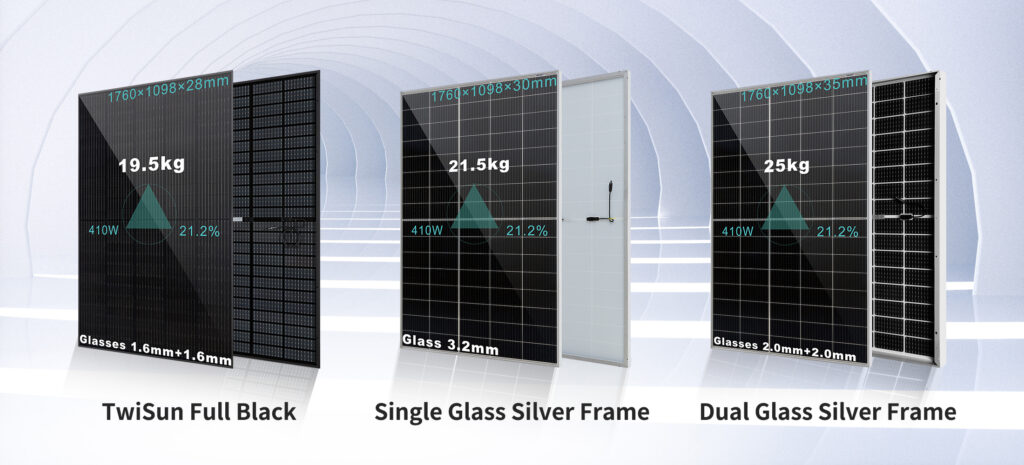
Not expensive at all
Cost reduction and efficiency enhancement is the eternal theme of photovoltaic industry. Since the birth of dual-glass modules, the production cost continues to fall. The TwiSun dual-glass module adopts double-sided 1.6mm PV glass and 28mm T6 aluminum alloy frame, which can reduce the weight without reducing the quality, and also ensure the service life of the module for up to 30 years.
In terms of price, TwiSun dual-glass modules cost 0.005€/W more than single-sided modules of the same size. Installing a 10Kw system only costs 50 € more. That 50 € will give you at least 5 years of free power supply, why not? (Single-sided units are typically guaranteed for 25 years.)
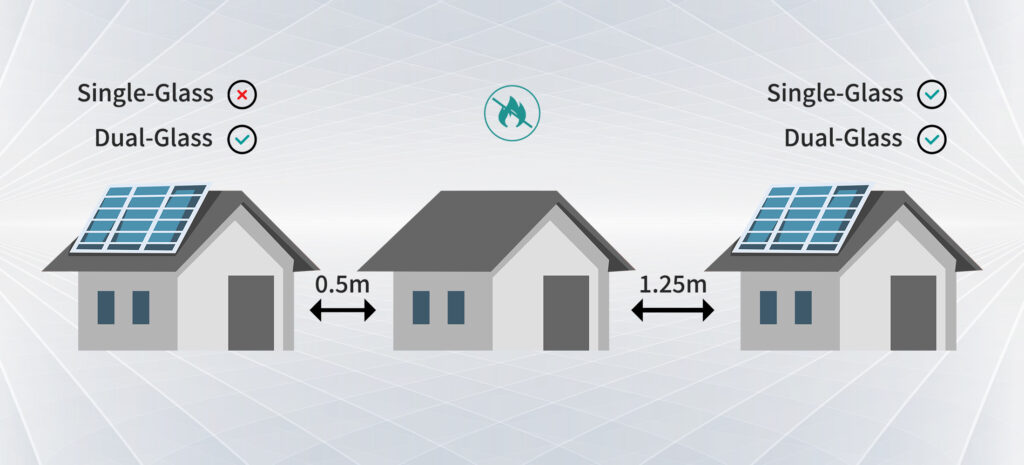
Note
Germany also has a law on residential rooftops distributed photovoltaic (DPV) : 0.5 meters apart from neighbors can be installed dual-glass modules; Single-glass modules can be installed at least 1.25 meters away from the neighbor.
So let’s go back to our original question: Can I install a dual-glass PV system on my roof? Of course, if you live in a dense neighborhood, you may have to choose dual-glass modules.


